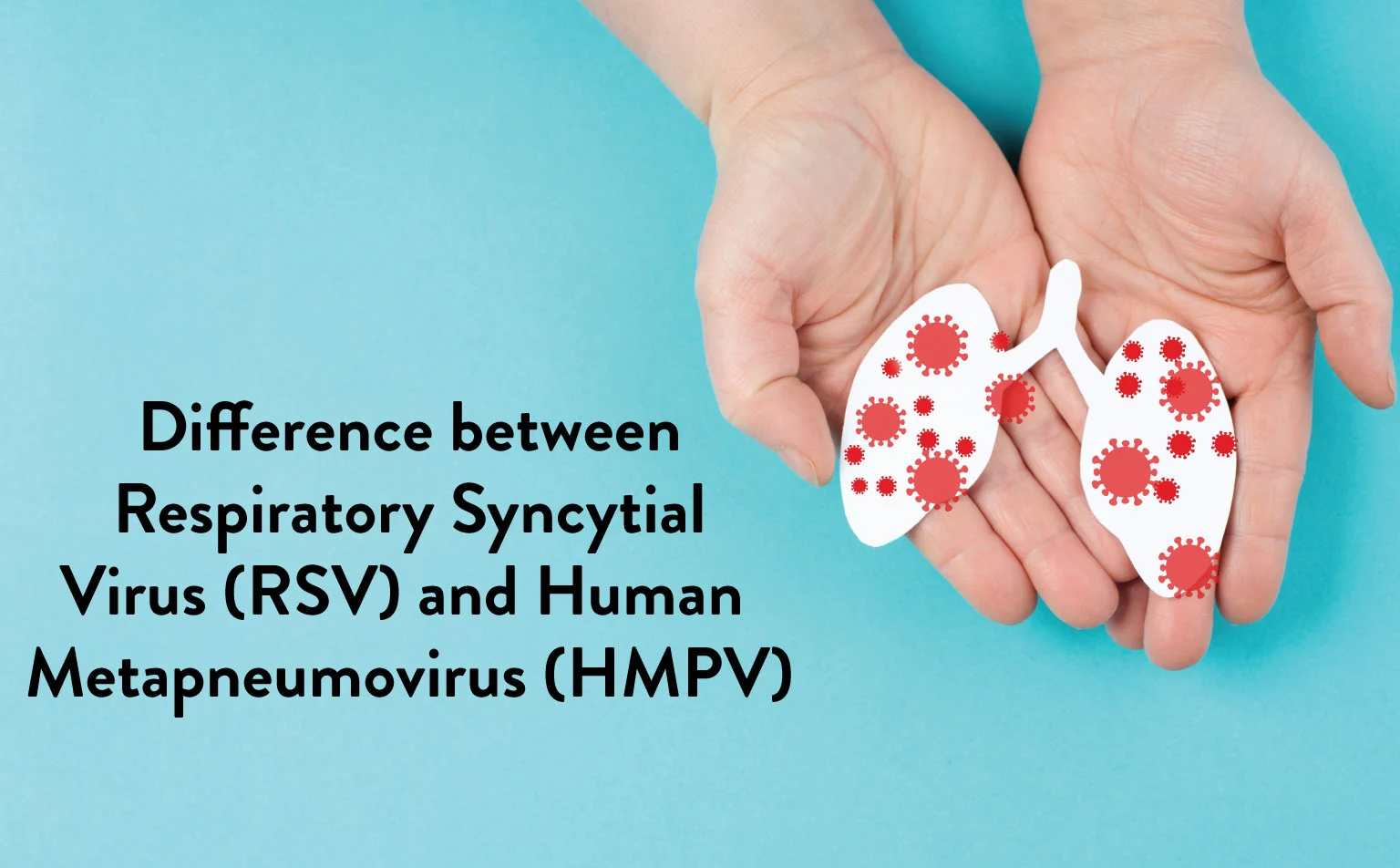
Respiratory Syncytial Virus (RSV) and Human Metapneumovirus (HMPV) are both respiratory viruses that cause similar symptoms, but they have key differences:
Virus Type:
RSV is a member of the paramyxovirus family and primarily affects infants, young children, and older adults.
HMPV belongs to the pneumovirus family and affects both children and adults, though it is less common than RSV.
Symptoms:
Both viruses cause symptoms like cough, fever, congestion, and wheezing, but RSV is more likely to cause severe symptoms, such as bronchiolitis or pneumonia in young children.
HMPV tends to cause milder illnesses in most people, though it can still cause significant respiratory distress in high-risk groups.
Seasonality:
RSV is most common during the winter months.
HMPV also peaks in colder months but is less predictable in its outbreaks.
Treatment:
Both viruses are treated supportively, with no specific antiviral medications available. However, RSV may require more intensive care, especially in severe cases.
In summary, while RSV and HMPV cause similar respiratory issues, RSV is typically more severe in young children and infants, while HMPV generally causes milder symptoms but still poses risks to vulnerable populations.